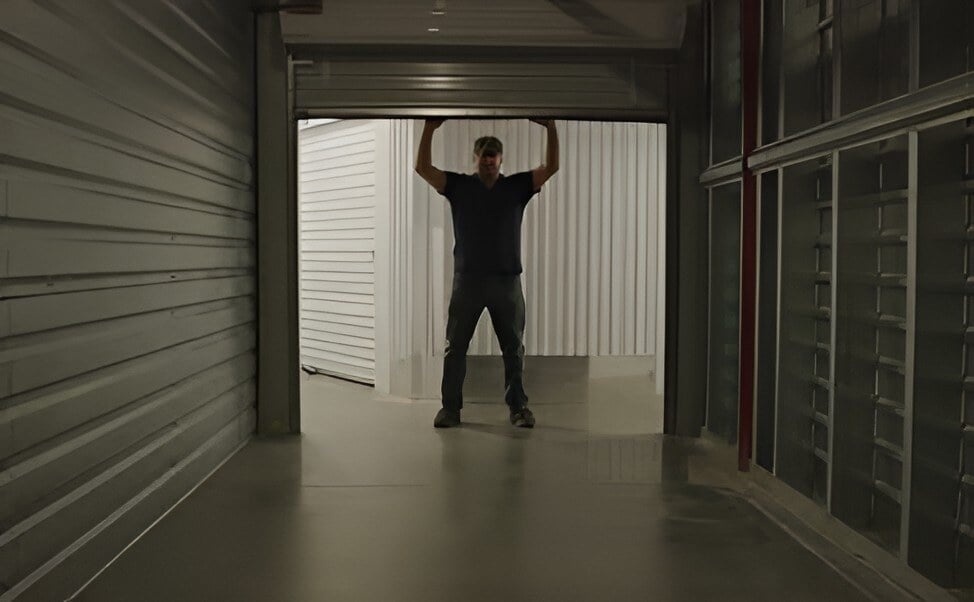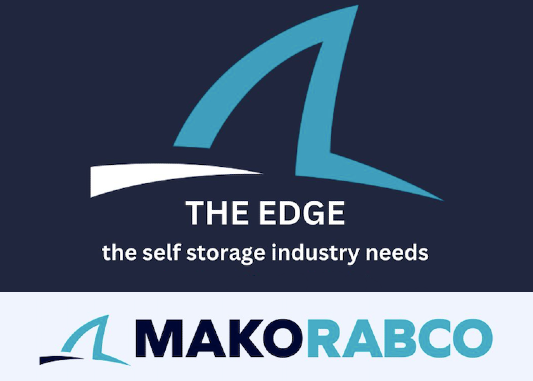Complimentary Self-Storage Units: The Do's & Don'ts
If you have a self-storage facility, odds are you have probably already been asked for a complimentary unit. While engaging and supporting the community around your business is a good practice that can help grow your reach, giving complimentary units to local charities and non-profit organizations is something to be thoroughly examined on a case-to-case basis.
 According to Sue Haviland, founder of Haviland Storage Solutions, the biggest incentive for a business to give out complimentary units for charities and non-profit organizations is marketing. "It's always a really good marketing move when you have a new lease-up property and you are not full. You can take a few and offer them out in the community."
According to Sue Haviland, founder of Haviland Storage Solutions, the biggest incentive for a business to give out complimentary units for charities and non-profit organizations is marketing. "It's always a really good marketing move when you have a new lease-up property and you are not full. You can take a few and offer them out in the community."
Giving complimentary units or not nowadays, comes down to how occupied the facility is. "Back in the day, a lot more free units were given away, because they would give them until they were full," Haviland states. "In the last few years, as most of these properties have been running really full, most [businesses] don't want to give away their revenue. So, when 10 to 15 years ago they maybe had 5 free units, a lot of them now will maybe have 1 or 2. Or, they will give half-offs instead of free."
Haviland states there is no industry standard when it comes to complimentary units; it depends a lot on each company. "Some owners won't give any [complimentary units] at all."
However, an important circumstance in which you should consider giving out complimentary units – if you have the capacity to do so – is during national emergencies. "In the case of natural disasters, even if not free, facilities will offer some kind of discounted unit for people who are displaced or need to evacuate and get their things put somewhere until they know that their home is safe or that they haven't lost their homes."
Who should be in charge of complimentary units?
Haviland affirms there are two ways to do it. The first possibility is being completely owner-driven, where he or she is the only one responsible for picking the charities or approving them before giving away free units.
The second possibility is to let employees pick the charities and non-profit initiatives that get free units as active members of the community.
In this method, it is imperative to train your staff properly to engage with the community and have the discernment to evaluate the groups within the community who need it the most. "I always try to train my employees to be very active in the community, so they can get a feel for some of the groups who have a little harder time raising money but do a lot of things in their community."
Choosing which charity or organization to give a complimentary unit to should come down to what cause is close to your heart. "[The choice should be] driven by what kind of message, culture, and impact you want to have," Haviland states.
She mentions she works closely with many youth groups, YMCA types of groups, community groups with programs for at-risk youth, and more. "One of the organizations we give 2 big units to is called 'The Santee Santas Foundation', a small group that collects all year long [children’s toys and food] to provide Christmas to [150-200] low-income families in need in our community."

When it comes to the actual process of giving away a complimentary unit, Haviland mentions as a criteria you should ask for proof of insurance for their goods, as a group or individual. "[In the event] they can't provide it and the facility has an insurance protection plan in place, we will typically ask them at a minimum to at least pay for and provide that so if something did happen, their goods would be covered," she explains. "Some owners will write that off as well and pay that, but some will give them a USD$200 a month unit but want them to pay the USD10 a month for the protection to keep it separate because it is insuring their goods," she adds.
While planning to start implementing complimentary units in your facility, Haviland suggests creating a guideline with the company's policy on the subject to help staff navigate it. "Have a set policy, so your on-site staff knows the rules. Because in my facilities, we will get asked between 20 and 40 times a year for a free unit, and as much as you would like to give them to everybody, sometimes the organizations that are asking aren't the ones most in need," she states. "By having a core guideline, a staff member would know right away when to answer that the facility doesn't have it available, or that they will send it to their manager for approval."
Another good rule of thumb when you start to implement complimentary units is adding a clause in the contract that states the unit will be reviewed every year. "This will allow you to make sure they are not taking it under the guise of a charity while using it as a personal unit," she adds. "Unfortunately, you will see that happen, and it kind of ruins it for other people down the road. Having a good guideline about how often you want to review it and being upfront with the organization you are giving it to that it will be reviewed every six months will save you a lot of trouble."
To control the use of the complimentary unit in your facility and avoid having it end up being used for personal purposes, it is important to ask for articles of incorporation and a list of everyone who will have access to it. "[From then on,] to kind of policy it, our on-site staff will notice when they are coming into the facility and will proceed to hop on a cart to greet them in front of the open unit and get a good view."
Within the guidelines, Haviland also suggests adding a unit size policy. "Many times, we will be asked for a large unit and have to answer that we can't offer it for free. However, we will offer smaller sizes of units, which we can give out, and they will end up taking it, as most of the time, they don't really need as big of a unit as they think they do either."
 Steve Mirabito, founder and president of StoragePro Management, a third-party management company specializing in the self-storage industry, says it is a good idea to usually only offer organizations the first 3 months free. "The first 3 months we are able to offer it complimentary, but we need to start making money soon after."
Steve Mirabito, founder and president of StoragePro Management, a third-party management company specializing in the self-storage industry, says it is a good idea to usually only offer organizations the first 3 months free. "The first 3 months we are able to offer it complimentary, but we need to start making money soon after."
When choosing a charity to support with a complimentary unit, he states the company usually finds an organization with which the company has shared values and proceeds to support its mission. "Occasionally we donate storage to Police Athletic Leagues so that inner city communities who are served by Police Athletic Leagues have the opportunity to store their stuff in a safe and secure environment," he states. "It really depends on the type of non-profit and their purpose, their needs, and if our values align."
Tax benefits
When it comes to complimentary units, Mirabito believes it is not a big incentive. "Most storage facilities are on cash-accounting for tax purposes. So, given the fact we didn't collect the USD$300 [in renting out the facility], there is no need to collect it in tax donation or as a charitable write-off," he affirms.
However, he mentions it is a good idea to ask the organization for acknowledgement in their publications. "I always ask that we be acknowledged and thanked in their publications in contribution," he adds. "Unlike other businesses, like a restaurant, where you would be giving away a free meal, which is something tangible, they often don't think of it as something material. But, most of the time, we are giving more with a rent-free unit than a restaurant or some other local business would contribute to the same cause."

–
Victória Oliveira is a freelance writer based in Brazil.
More Content
Popular Posts
Recent Posts
Senate Bill 709 (SB709) has many in the...
In January, self-storage industry veteran...
In April 1984, the first non-stop commercial...
Raise your hand if you’ve ever made plans,...
Everyone knows it: Investing in real estate...
They say when one door closes, another one...
Like its name implies, Surprise, Ariz., a...
Self-storage has become as reliant on the...










